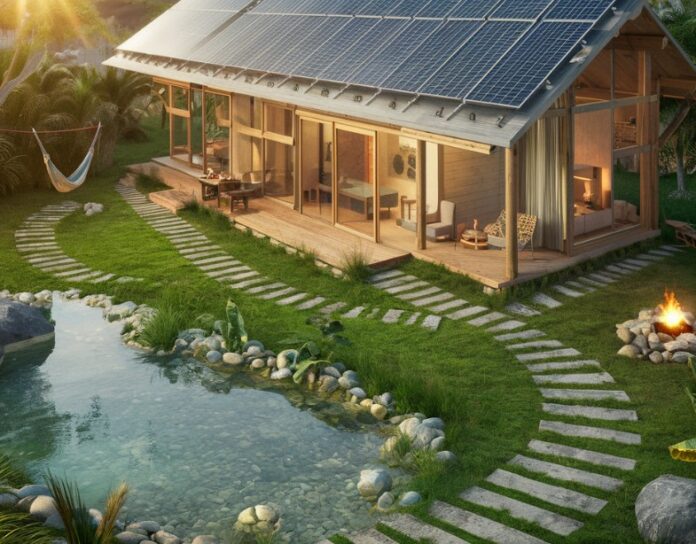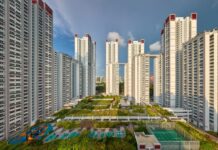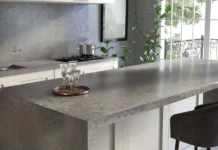Off-grid living is an increasingly popular choice for many looking to escape the constraints of traditional utilities. Severe weather and widespread power outages have highlighted the need for self-sufficiency.
It not only ensures uninterrupted power but also promotes sustainability and independence from external utility services. This guide will explore how to build a resilient system for your remote property, covering key aspects like power generation, water independence, waste management, and climate-responsive design.
To start building your system, consider exploring options such as this off-grid solar panel system.
Power Generation
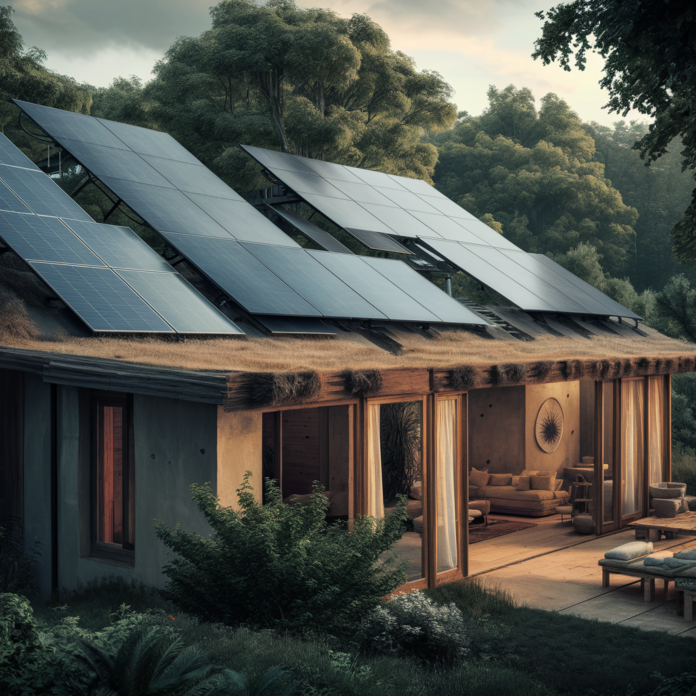
Generating your own power is a fundamental aspect of off-grid living. Solar power is the most common and reliable source of energy for remote properties. Advances in solar technology have made it possible to power an entire household independently. To set up a solar power system, you need to determine the number of solar panels required.
The goal is to meet nearly 100% of your electricity needs. This ensures maximum savings and energy independence. A robust backup battery system is essential to store excess energy for use during cloudy days or at night. Aim for an economical battery size that provides at least a day’s worth of power storage.
Understanding your energy requirements is crucial. Evaluate what you need rather than what you want. Efficient energy consumption planning will set you up for success. Investing in a high-quality inverter is necessary to convert the direct current (DC) from your solar panels into alternating current (AC) for household use. Regular maintenance and monitoring of your solar power system ensure its longevity and reliability.
Energy Storage Solutions
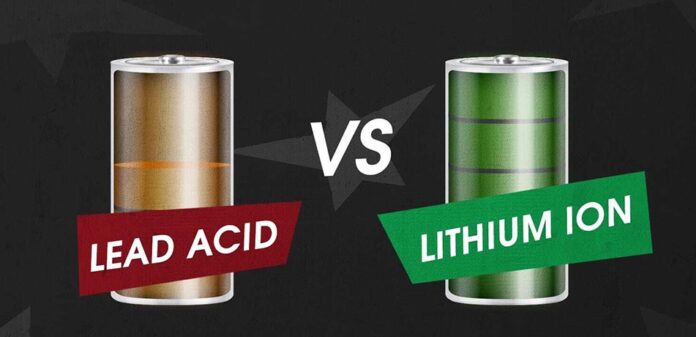
Energy storage is vital for off-grid systems to ensure a consistent power supply during periods of low sunlight. Lead-acid and lithium-ion batteries are the two most popular options. Lead-acid batteries are less expensive upfront but require regular maintenance and have a shorter lifespan.
Lithium-ion batteries have a higher initial cost but offer higher energy density, longer lifespan, and less maintenance. It’s important to plan energy storage based on daily usage and the number of days you want to store power, with a buffer of at least three days recommended. Proper installation, monitoring, and investment in a high-quality charge controller can extend battery life and prevent damage.
Incorporating energy storage solutions into your system is essential for a reliable power supply. Lead-acid and lithium-ion batteries have their pros and cons, and choosing the right option depends on your specific needs and budget. Regular monitoring and maintenance can help extend battery life and prevent unexpected power outages, allowing you to fully enjoy the benefits of off-grid living.
Water Independence
Water independence is another critical component of off-grid living. Harvesting rainwater is a practical and sustainable solution. Your roof can serve as a catchment area, directing rainwater into large storage tanks. The volume of tanks required depends on the number of occupants, water usage, and local rainfall patterns. Generally, each square meter of roof space collects about one liter of water per millimeter of rainfall.
Incorporating advanced water treatment systems, such as UV filters, ensures that the harvested water is safe for consumption. Gutter guards, mosquito guards, and first flush diverters can prevent contamination. Establishing a reliable alternative water source, unaffected by external disruptions, is essential for maintaining self-sufficiency.
Waste Management
Managing waste effectively is vital for off-grid living. Greywater, which comes from showers, sinks, and washing machines, can be recycled for garden irrigation and toilet flushing. This reduces the use of precious harvested water. Blackwater, which includes sewage and wastewater from toilets, requires treatment via a septic system. Environmentally friendly options for waste disposal are available and should be chosen based on site-specific requirements.
Implementing a composting toilet can further reduce waste. These systems transform human waste into compost, which can be used to fertilize plants. Separating greywater and blackwater for recycling and treatment ensures a sustainable and efficient waste management system.
Design for a Changing Climate
Climate-responsive design is essential for building a resilient off-grid home. As climate conditions evolve, so must our approach to home construction. Incorporating passive cooling principles, designing for water harvesting, and using fire-resistant materials are crucial steps. Structures should be built to withstand severe weather events, such as cyclones and floods. This proactive approach ensures the long-term sustainability and resilience of your off-grid home.
Using metal roofing resistant to impact, ensuring adequate drainage systems, and employing fire-resistant materials enhance the durability of your property. By considering potential climate impacts, you can design a home that remains comfortable and functional for decades.
Environmental Impact
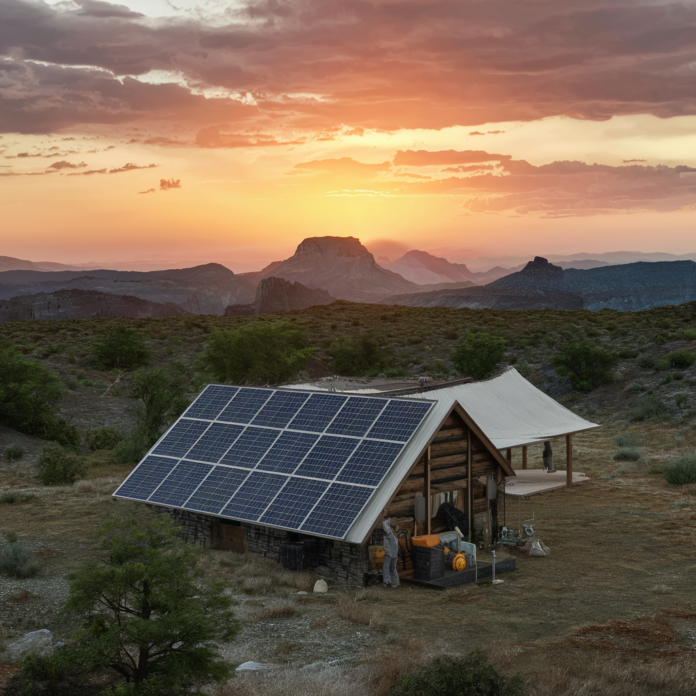
Off-grid living offers a significant reduction in carbon footprint. By generating your own power and managing resources efficiently, you contribute to environmental conservation. An off-grid home is a proactive step towards a sustainable lifestyle, reducing reliance on fossil fuels and minimizing waste.
Living off-grid also promotes emergency preparedness. Being self-sufficient means you are less vulnerable to external disruptions, such as power outages and water shortages. This resilience is especially important in the face of increasing weather-related challenges.
Economic Considerations
Building an off-grid home can involve significant upfront costs. However, the long-term savings on utility bills and reduced environmental impact make it a worthwhile investment. Careful planning and consideration of your energy and water needs will help you design an efficient and cost-effective system.
Engaging with professionals experienced in off-grid construction can ensure that your home meets regulatory standards and is optimized for self-sufficiency. While initial costs may be higher, the benefits of a resilient and sustainable home far outweigh the expenses.
Conclusion
Building a resilient off-grid system for your remote property is a smart and sustainable solution. It ensures uninterrupted power, water independence, effective waste management, and climate responsiveness. With careful planning and consideration of your needs, you can create a self-sufficient home that reduces your environmental impact and enhances your resilience to external disruptions. Investing in these systems are not only a commitment to sustainability but also a proactive step towards a secure and independent lifestyle.

